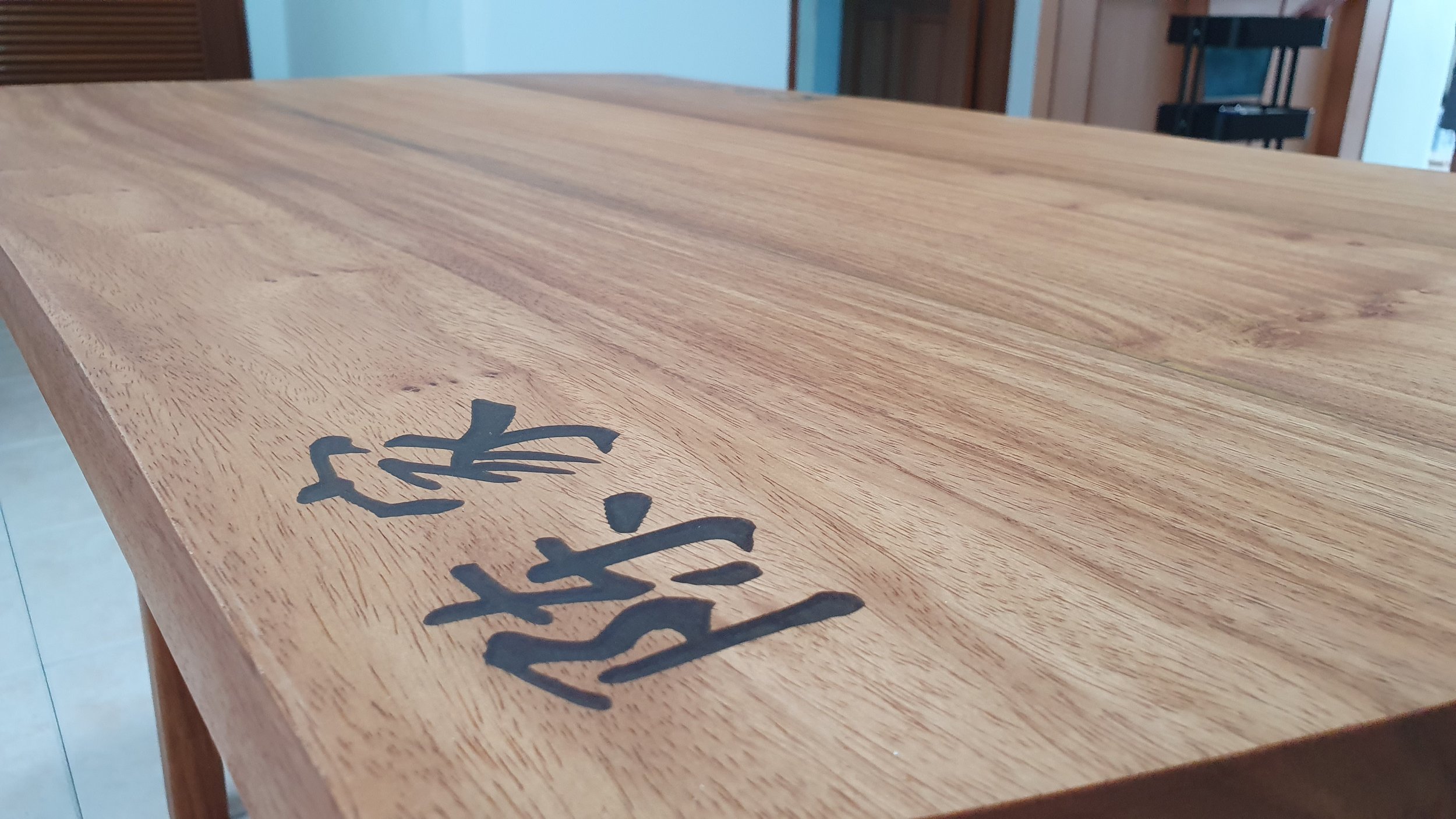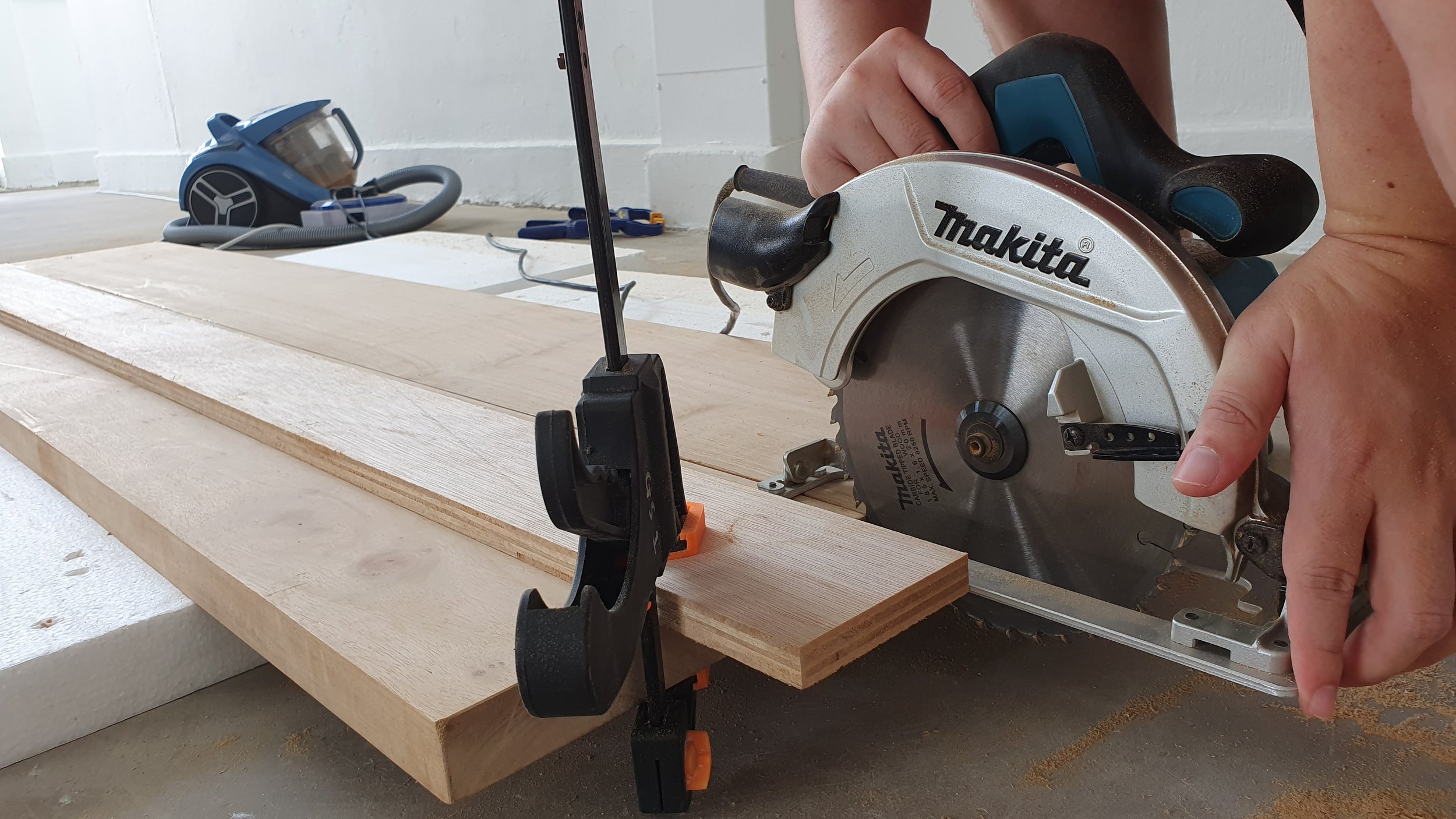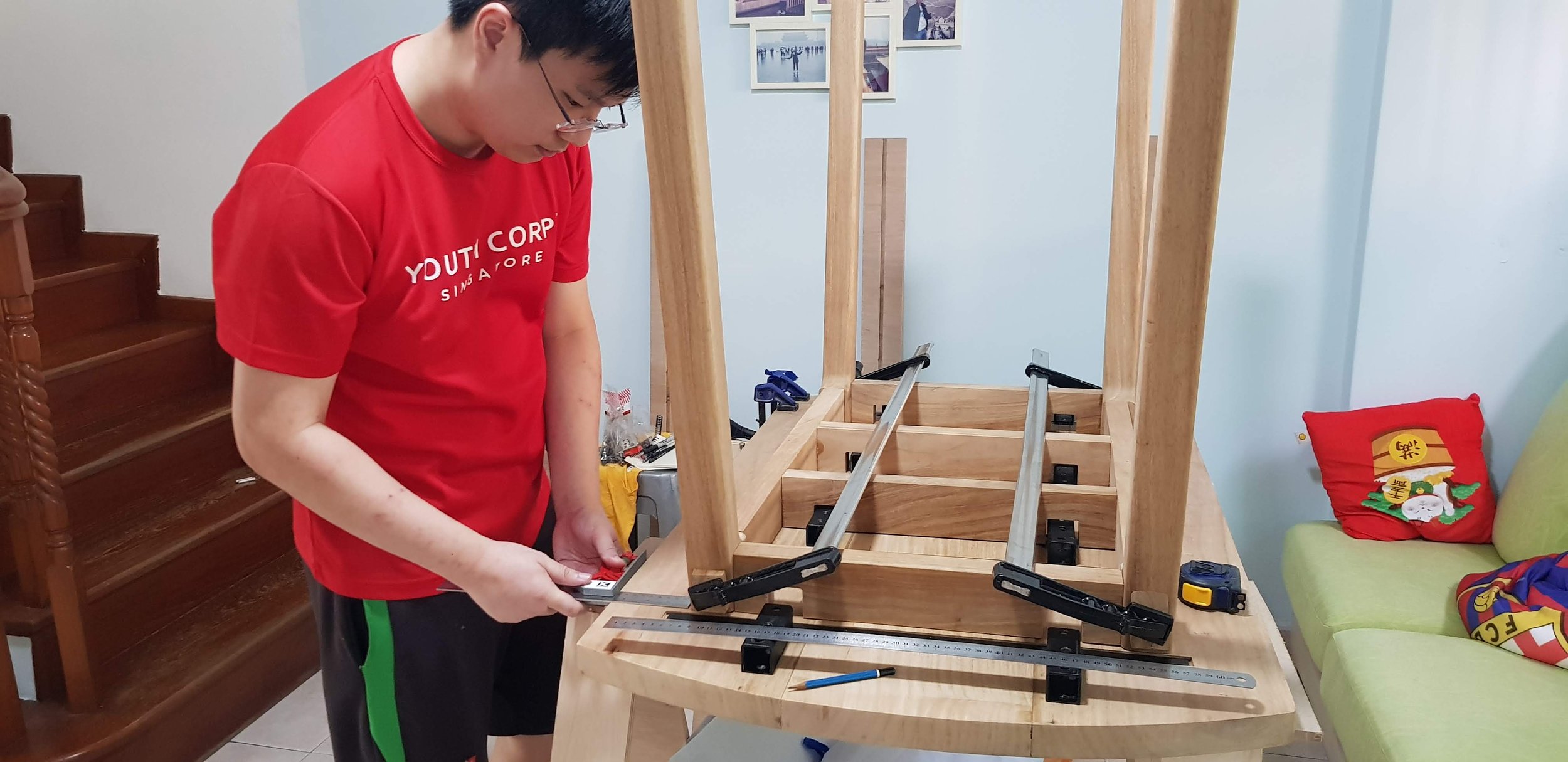What is the process of commissioning your own custom made wooden table
If you're in the market for a new dining table or coffee table, but nothing you find at the furniture store quite fits your style or budget, perhaps it's time to consider commissioning a custom-made wooden table. This process may seem daunting at first, but with the right guidance and collaboration with a skilled woodworker or furniture maker, you'll end up with a unique piece of furniture that perfectly fits your design preferences and functional needs. In this article, we'll guide you through the process of commissioning your very own custom wooden table.
Understanding the Custom Table Commissioning Process
Commissioning a custom table is the process of hiring a woodworker or furniture maker to create a one-of-a-kind piece of furniture tailored to your specifications. This process involves several stages, including researching and selecting the right maker or woodworker, designing the table, producing the table, and finally, coordinating delivery and installation of the finished product.
Reasons to Commission a Custom Wooden Table
While off-the-shelf furniture may be more readily available and less expensive, commissioning a custom wooden table comes with several benefits:
You have complete control over the design and materials used in the table.
You can ensure that the table fits perfectly within your space, taking into account your room dimensions and existing furnishings.
You receive a unique piece of furniture that no one else has.
You can support local artisans and businesses by commissioning a piece of furniture made by hand.
Finding the Right Woodworker or Furniture Maker
The first step in commissioning a custom wooden table is finding the right woodworker or furniture maker to bring your vision to life. Research local artisans and furniture makers in your area to find someone with experience creating wooden tables. Check out online reviews and portfolios to get a sense of their style and workmanship. Finally, schedule an initial consultation to discuss their process and pricing.
When choosing a woodworker or furniture maker, it's important to consider their level of experience and expertise. You want to work with someone who has a deep understanding of the materials and techniques involved in creating a custom wooden table. Additionally, look for someone who is willing to collaborate with you throughout the design process to ensure that your vision is realized.
Determining Your Budget and Timeline
Custom wooden tables vary greatly in price depending on factors like wood type, size, and complexity. It's important to determine your budget for the project upfront to ensure that you and your maker are on the same page. Additionally, custom woodworking projects can take several weeks or even months to complete, so it's important to discuss a timeline with your maker to ensure your table will be ready when you need it.
When determining your budget, keep in mind that a custom wooden table is an investment piece that will last for years to come. While it may be tempting to cut corners on cost, investing in quality materials and craftsmanship will pay off in the long run.
The Design Process
Once you've selected a woodworker or furniture maker and determined your budget and timeline, the next step is the design process. This is where you'll work closely with your maker to create a table that fits your specific needs and style.
During the design process, you'll discuss factors like table size, shape, and style, as well as the type of wood and finish you'd like. Your maker may also provide you with sketches or computer-generated renderings to help you visualize the final product.
It's important to approach the design process with an open mind and be willing to compromise on certain aspects of the table if necessary. Your maker is an expert in their craft and may have insights or suggestions that you hadn't considered.
Production and Delivery
Once the design is finalized, your maker will begin the production process. This typically involves sourcing the wood, cutting and shaping the pieces, and assembling the table.
Throughout the production process, your maker may provide you with updates and photos to keep you informed of the progress. Once the table is complete, your maker will coordinate delivery and installation. Depending on the size and complexity of the table, this may involve hiring a professional delivery and installation service.
When your custom wooden table is finally installed in your home, you'll have a beautiful and unique piece of furniture that you can enjoy for years to come.
Designing Your Custom Wooden Table
Once you've found the right maker and established your budget and timeline, it's time to start designing your custom wooden table. This stage is where you get to make your table unique to you and your style preferences.
Establishing Your Table's Purpose and Function
Before diving into the design, it's important to consider what the table will be used for. Will it be a dining table, a coffee table, or something else entirely? Knowing the table's purpose and function will help determine the appropriate dimensions, shape, and other design elements.
If you're designing a dining table, for example, you'll want to consider the number of people it will need to seat comfortably. You'll also want to think about the height of the table and whether you want it to have extensions for larger gatherings.
On the other hand, if you're designing a coffee table, you'll want to think about the height and size in relation to your seating area. You may also want to consider adding storage options for magazines or remote controls.
Selecting the Wood Type and Finish
Next, it's time to select the wood type and finish for your table. Popular options include oak, maple, cherry, and walnut, each with its own distinct look and characteristics.
Oak is a strong and durable wood with a prominent grain pattern. Maple is a lighter wood with a more subtle grain pattern, while cherry has a warm, reddish-brown tone. Walnut is a darker wood with a rich, chocolatey color and a straight grain pattern.
Your maker can guide you through selecting the right wood type based on your design preferences, budget, and desired durability. Finally, selecting the right finish is important in protecting the wood from damage and ensuring it stays beautiful for years to come.
You may want to consider a natural oil finish for a more rustic look, or a glossy lacquer finish for a more modern feel. Your woodworker can help you choose the right finish based on your design preferences and the intended use of the table.
Collaborating with the Woodworker on Design Details
Once you've established the purpose and materials of your table, it's time to collaborate with your woodworker on the finer design details.
This may include choosing the style and shape of the table legs, deciding on carving or engraving details, or choosing the perfect hardware to complete the look. You may want to consider adding inlays or marquetry for a unique touch, or incorporating metal accents for an industrial feel.
Your woodworker can help you bring your vision to life and create a custom wooden table that perfectly fits your style and needs.
The Production Process
After finalizing the design, it's time for your maker to begin producing your custom wooden table. This stage involves several steps and can take several weeks to complete. However, the wait is worth it as you will have a beautiful, unique piece of furniture that will last for generations.
Preparing the Wood and Materials
First, your woodworker will select the wood and other materials needed to create the table and prepare them for production. This is a crucial step as the quality of the wood will directly affect the final product. The woodworker will carefully inspect each piece of wood, looking for any imperfections or defects that could affect the strength or appearance of the table. They will then cut the wood into the right size and shape, taking into account the design specifications and any unique features of the wood.
Once the wood has been cut, it's time to sand it down to a smooth finish. This is done using a variety of sandpaper grits, starting with a coarse grit and working up to a fine grit. The woodworker will carefully sand each piece of wood, paying close attention to the grain and ensuring that the surface is smooth and even.
Crafting the Table Components
Next, your maker will begin crafting the table components. This is where the design really starts to take shape. The woodworker will use a variety of tools and techniques to create the legs, tabletop, and any additional components like drawers or shelves. They may use a table saw, router, drill press, or other tools to shape and join the wood.
One of the most important aspects of this stage is precision. The woodworker must ensure that each piece is cut to the exact size and shape specified in the design. They must also pay close attention to the joinery, ensuring that each joint is strong and secure.
Assembling and Finishing the Table
Once all components are crafted, your maker will assemble the table. This is where the individual pieces come together to form a cohesive whole. The woodworker will carefully fit each piece together, using clamps or other tools to hold them in place while the glue dries.
Once the table is fully assembled, it's time to apply any necessary finish to protect the wood and enhance its beauty and longevity. This may involve applying a coat of stain or paint, or simply adding a protective topcoat. The woodworker will carefully apply the finish, ensuring that it is even and smooth.
Finally, they will carefully inspect the table to ensure it is of the highest quality and meets your design specifications. They will check for any defects or imperfections, making any necessary repairs before delivering the table to you.
Overall, the production process for a custom wooden table is a labor-intensive and time-consuming endeavor. However, the end result is a beautiful, one-of-a-kind piece of furniture that you can be proud to own and display in your home.
Delivery and Installation
As your custom wooden table nears completion, it's time to coordinate delivery and installation with your maker. They will likely provide delivery and setup services to ensure the table is installed safely and correctly.
Caring for Your Custom Wooden Table
Finally, it's important to properly care for your custom wooden table to ensure it stays beautiful and functional for years to come. This may involve regular cleaning, avoiding placing heavy objects on the table, and ensuring it is properly maintained.
Troubleshooting and Repairs
If any issues arise with your custom wooden table, it's important to have a plan for troubleshooting and repairs. Discuss any concerns with your maker upfront to ensure that you have a plan in place if something goes wrong down the line.
In conclusion, commissioning a custom wooden table may seem intimidating at first, but with the right guidance and collaboration with a skilled woodworker or furniture maker, you'll end up with a unique piece of furniture that perfectly fits your design preferences and functional needs. From establishing your budget and selecting wood type to coordinating delivery and caring for your table, there are plenty of factors to consider. But with patience, communication, and a commitment to quality, commissioning a custom wooden table can be a rewarding and satisfying experience for anyone in need of a beautiful, new table.





